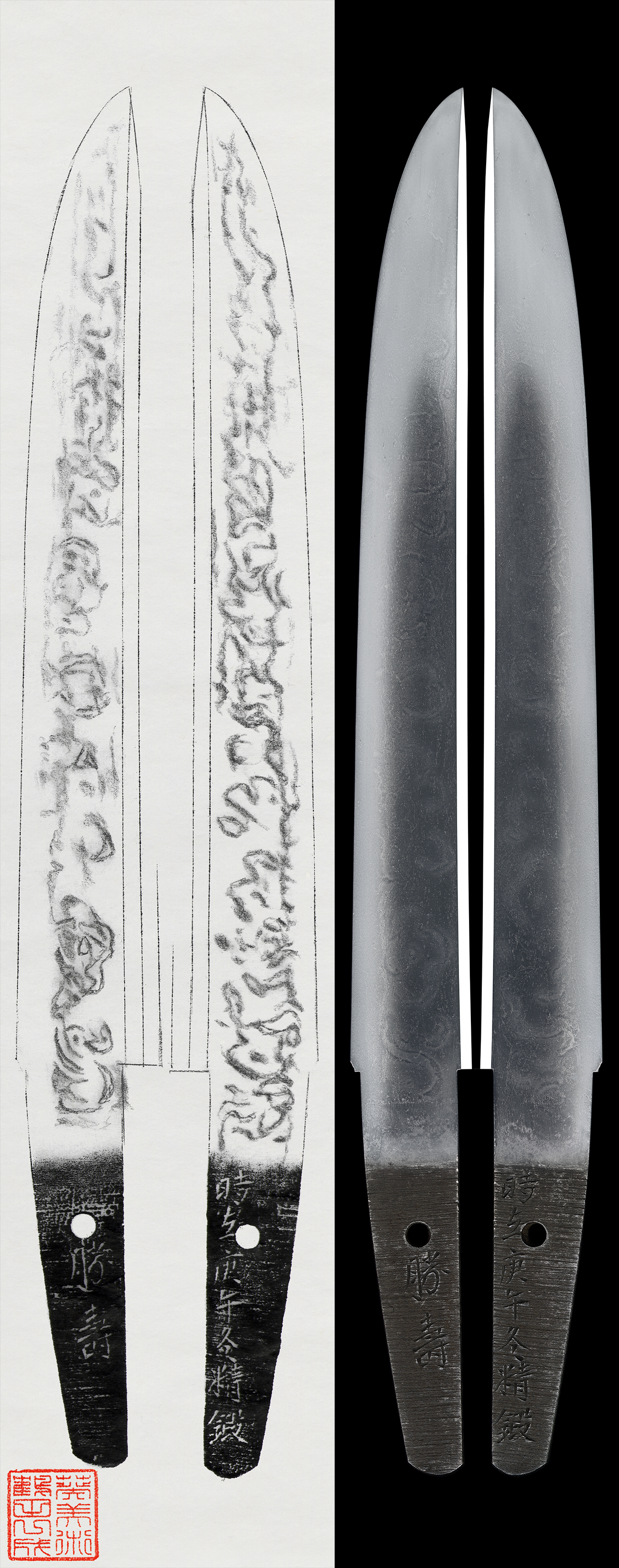Ordering number:24583
Tanto: Shirasaya with Koshirae (NBTHK Tokubetsu Hozon Token)
Signature: Katsutoshi
Jizai Kanoe-Uma Fuyu Seitan (Winter 1870)
勝寿
時在庚午冬清鍛
We divide 4 sections for each sword as Saijyo Saku, Jyojyo Saku, Jyo Saku, and Regular Saku.
This work is ranked as Jyojyo Saku for Katsutoshi.
Habaki: Single-layered gold foil.
Blade Length: 23.0 cm (9.06 in)
Curvature: 0 cm
Mekugi Hole: 1
Width at Base (Motohaba): 2.69 cm (1.06 in)
Thickness (Kasane): 0.70 cm (0.28 in)
Sword Weight: 190 grams
Era: Meiji 2 year(1870)
Shape: A sturdy tanto with a wide body and thick blade, retaining its original temper.
Jigane: Koitame-hada, well-forged with a refined texture.
Hamon: A complete yakiba with ji-kei.
Features: Katsutoshi was a swordsmith from Echigo, known as Ryuunsai, active around the Keiou era. Three years after 1865, the Meiji period began, leading to the issuance of the Sword Abolishment Edict, forcing all swordsmiths, including Katsutoshi, to cease their craft.
Koshirae: A meticulously crafted koshirae.
Saya (Scabbard): Black saya with a diagonal design for variation.
Kojiri, Fuchikashira, Tsuba: Iron base with a high-relief paulownia crest detailed in gold.
Menuki: Shakudo base with patterns and gold accents.
Umabari: Iron base with floral designs in gold and waves carved and detailed in gold.
Aoi Art’s Comment: Katsutoshi soon faced the Meiji period, where he had to abandon sword-making due to the Sword Abolishment Edict. The koshirae is excellently made, possibly deserving the title of one-piece koshirae. This tanto, with a splendid koshirae, is a highly recommended work.
NBTHK Tokubetsu Hozon Token
Aoi Art estimation paper
Whole Oshigata
Price:600,000JPY
Order Form
Related Items:
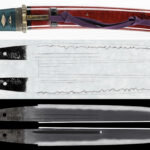 Tanto: Ichi Chounsai Tsunatoshi (2nd Generation)(NBTHK Tokubetsu Hozon Token)
Tanto: Ichi Chounsai Tsunatoshi (2nd Generation)(NBTHK Tokubetsu Hozon Token)
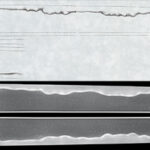 Tanto:Chikuzen no Kami Nobuhide Meiji 9 Nen 8 Gatsu Hi (August, 1876)(NBTHK Tokubetsu Hozon Token)
Tanto:Chikuzen no Kami Nobuhide Meiji 9 Nen 8 Gatsu Hi (August, 1876)(NBTHK Tokubetsu Hozon Token)
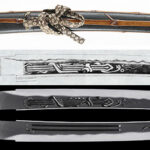 Tanto:Seiryuken Moritoshi(NBTHK Tokubetsu Hozon Token)(Koshirae: NBTHK Tokubetsu Hozon Tosogu)
Tanto:Seiryuken Moritoshi(NBTHK Tokubetsu Hozon Token)(Koshirae: NBTHK Tokubetsu Hozon Tosogu)
 Tanto:Oite Tokyo Uzawa Oumi Suke Minamoto Taneaki Saku(NBTHK Tokubetsu Hozon Token)
Tanto:Oite Tokyo Uzawa Oumi Suke Minamoto Taneaki Saku(NBTHK Tokubetsu Hozon Token)
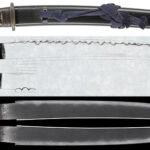 Wakizashi (Sunnobi Tanto) : Sakuyo Gohara Ju Nobushige(March 1859)(NBTHK Hozon Token)
Wakizashi (Sunnobi Tanto) : Sakuyo Gohara Ju Nobushige(March 1859)(NBTHK Hozon Token)
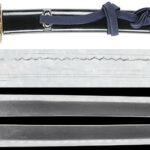 Tanto: Mumei (Jumyo)(NBTHK Hozon Token)
Tanto: Mumei (Jumyo)(NBTHK Hozon Token)
